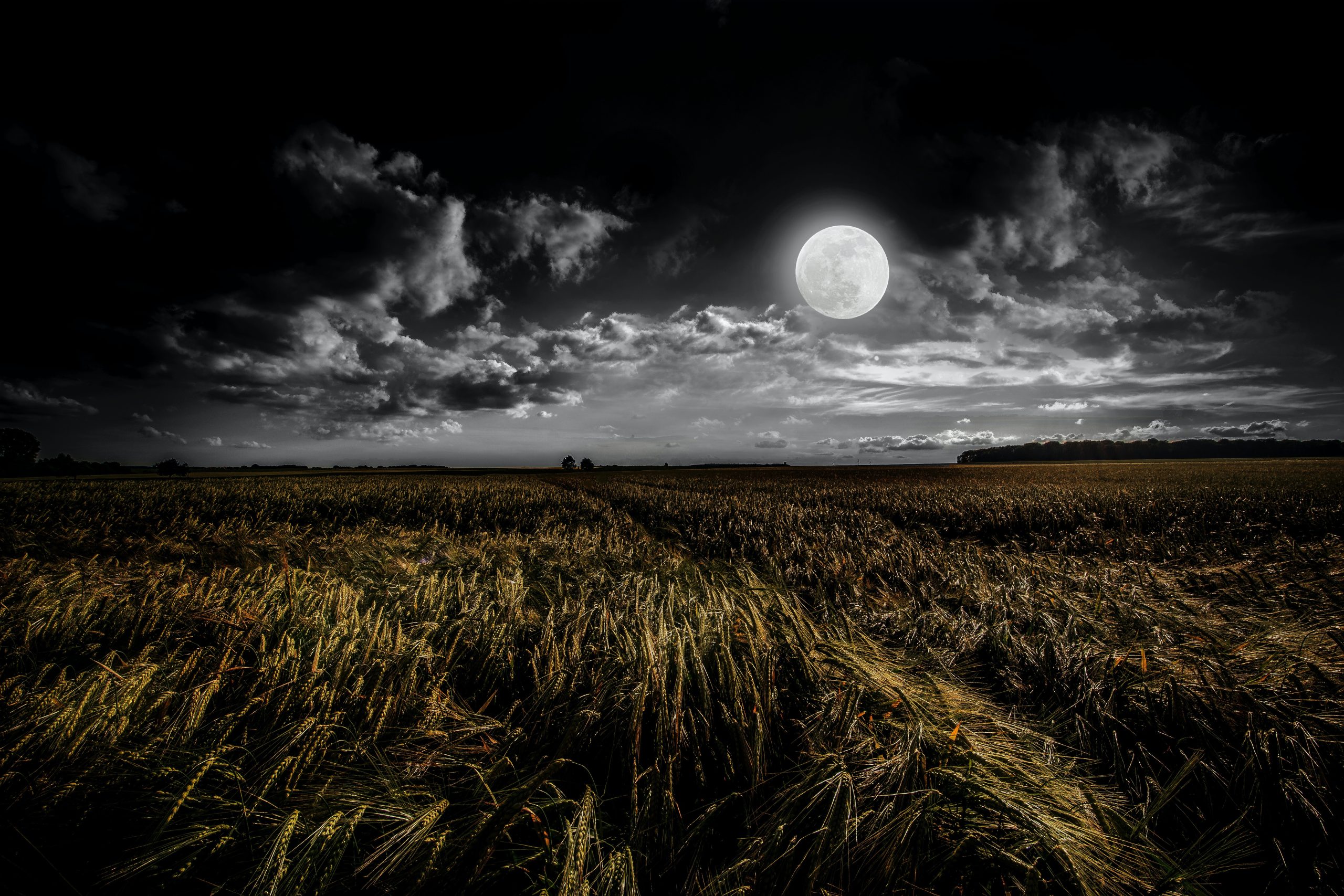How Many Moon Phases Are There?
The moon has fascinated humans for centuries. Its presence in the night sky has influenced mythology, calendars, and even human behavior. One of the captivating aspects of the moon is its ever-changing appearance, which we commonly refer to as moon phases. But just how many moon phases are there? In this blog post, we will dive into the intricacies of lunar cycles and explore the different phases that the moon goes through.
The Basics: What Are Moon Phases?
Before we delve into the number of moon phases, let’s first understand what moon phases actually are. The moon’s appearance changes throughout each lunar month due to its position relative to the Earth and the Sun. As the moon orbits Earth, sunlight is reflected off its surface, creating different illuminated portions that we perceive as moon phases.
From a technical standpoint, moon phases are the eight principal stages that describe the moon’s appearance during its 29.5-day lunar cycle. These eight phases are New Moon, Waxing Crescent, First Quarter, Waxing Gibbous, Full Moon, Waning Gibbous, Third Quarter, and Waning Crescent. Each phase has distinct characteristics and is crucial in understanding the moon’s behavior and our perception of it.
The Eight Moon Phases Explained
Let’s examine each moon phase in detail:
- New Moon: During the New Moon phase, the moon is positioned between the Earth and the Sun, so its illuminated side is facing away from us. As a result, the moon appears completely dark, almost as if it has disappeared from the sky.
- Waxing Crescent: The Waxing Crescent phase occurs as a small, crescent-shaped sliver of the moon becomes visible. It is the first visible phase after the New Moon.
- First Quarter: When we see half of the moon illuminated, we are witnessing the First Quarter phase. The lighted side of the moon appears to form a right angle with the dark side.
- Waxing Gibbous: As the moon continues to orbit around Earth, the Waxing Gibbous phase is reached. More than half of the moon is illuminated, but it is not yet considered a Full Moon.
- Full Moon: The Full Moon is perhaps the most widely recognized moon phase. During this phase, the entire face of the moon that is visible from Earth is illuminated by the Sun, giving it a bright, circular appearance.
- Waning Gibbous: After the Full Moon, the illuminated portion of the moon slowly decreases, leading to the Waning Gibbous phase. Similar to the Waxing Gibbous phase, more than half of the moon is still visible.
- Third Quarter: The Third Quarter phase occurs when half of the moon is illuminated, forming a right angle with the side that is not illuminated. This phase is also known as the Last Quarter.
- Waning Crescent: The final phase of the lunar cycle, the Waning Crescent, is characterized by a small, crescent-shaped sliver of the moon. It is the last visible phase before the moon returns to the New Moon phase.
It is important to note that while there are eight main moon phases, other, more specific terms describe intermediary stages within each phase. These additional terms help astronomers more precisely communicate the moon’s appearance, but for the purpose of this blog post, we will focus on the primary eight phases.
Understanding the Lunar Cycle
Now that we have explored the eight moon phases, let’s take a moment to understand the lunar cycle. As mentioned earlier, the lunar cycle spans approximately 29.5 days, which is the time it takes for the moon to complete one orbit around the Earth. During this cycle, the moon transitions from one phase to another in a predictable pattern.
The cycle begins with the New Moon, where the moon is not visible from Earth. As days pass, the moon gradually becomes more visible, traversing through each phase until it reaches the Full Moon. Following the Full Moon, the moon then enters the waning phase, transitioning from Waning Gibbous to the Third Quarter, Waning Crescent, and finally back to the New Moon.
It is worth mentioning that the exact duration between each phase may vary slightly due to the moon’s elliptical orbit and other celestial factors. Nonetheless, the general pattern of the lunar cycle remains consistent.
The Number of Moon Phases: A Recap
In summary, there are a total of eight principal moon phases: New Moon, Waxing Crescent, First Quarter, Waxing Gibbous, Full Moon, Waning Gibbous, Third Quarter, and Waning Crescent. These phases represent the moon’s changing appearance as it orbits around Earth.
Understanding moon phases is not only fascinating but also essential for various fields, including astronomy, astrology, and even gardening. The ability to anticipate the moon’s behavior allows for accurate stargazing, tracking seasonal changes, and maximizing crop yields, among many other applications.
Next time you gaze up at the night sky, take a moment to observe the moon and appreciate its ever-changing presence. By understanding the moon phases, you can deepen your connection with the universe and gain a newfound appreciation for our celestial neighbor.
Happy moon-watching!
Table of Contents
